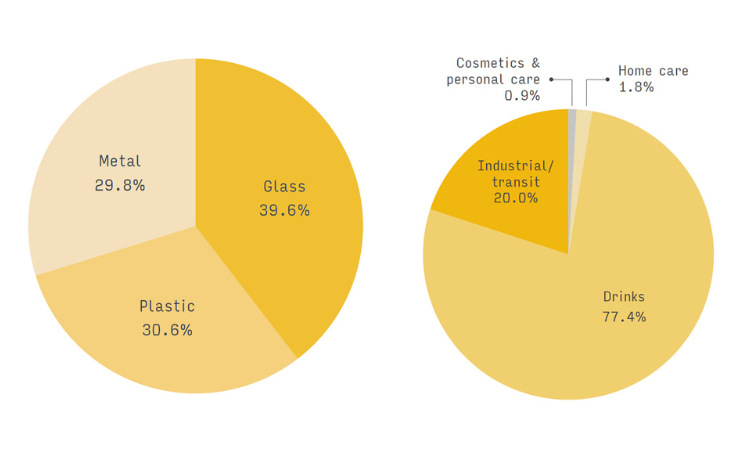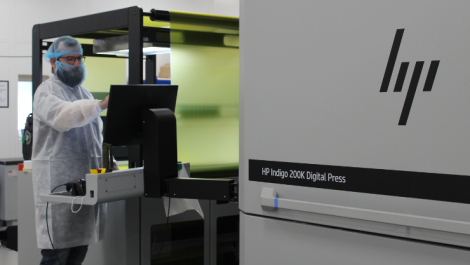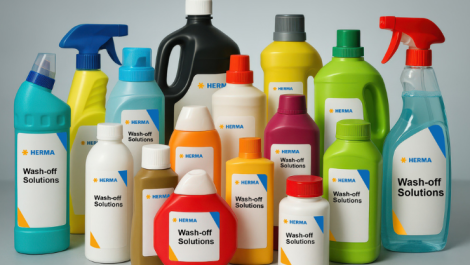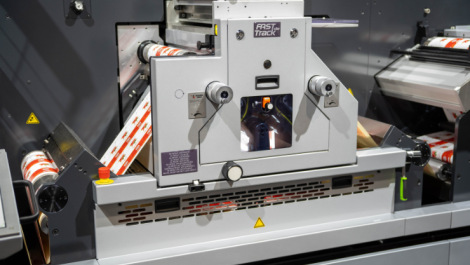Data in the latest Smithers report, ‘The Future of Reusable and Refillable Packaging to 2029’, shows that in 2024 the global value of the re-use and refill packaging market will reach $28.2 billion (€26.4 billion) highlighting new re-use and refill concepts as the ‘most exciting area of the market’.
Smithers’ projection suggests the new consumer reuse and refill concepts segment, including refill at home, return from home and refill in store, will have an increase of 15% compound annual growth rate (CAGR) by 2029, more than doubling in value, approaching $1 billion (€936.5 million) in sales by the end of the decade.
To succeed in the growing reuse and refill market, which has become popular in personal care and home cleaning markets with major CPG (consumer packaged goods) firms competing with dedicated e-commerce sellers, there is a need for packaging designers to innovate. By providing more resilient pack designs that can endure longer service lives, including multiple refillings without compromising functionality or aesthetics, designers can penetrate this market, providing tangible proof to customers of the brand’s commitment to a more sustainable future for the planet.
Smithers identifies four key priorities for pack design that will help these concepts to be effective: optimising convenience for the purchaser; carefully balancing price and functionality; creating consumer incentives; and linking seamlessly to integrated logistics and support tools.
The report also shows that all other segments in refill and reuse are set for future growth, with an overall forecasted 4.6% increase of CAGR by 2029, yielding a market value of $35.36 billion (€33.37 billion) in that year. More mature segments of the market, including existing re-use/refill bottles formats (glass, PET, metal) and industrial transit formats (drums and rigid intermediate bulk containers), will see incremental growth across the Smithers forecast period.
As outlined by Smithers, Europe is poised to expand its existing re-use systems following the recent agreement of the EU’s Packaging and Packaging Waste Regulation (PPWR). It will require all member states to establish deposit return schemes for plastic and metal drink packaging from 2029, closely followed by mandatory targets for 10% re-use formats in most beverage segments from 2030. This will stimulate significant investment across the region and provide practical exemplars for how and when re-use/refill models can contribute to wider circular economy goals.






